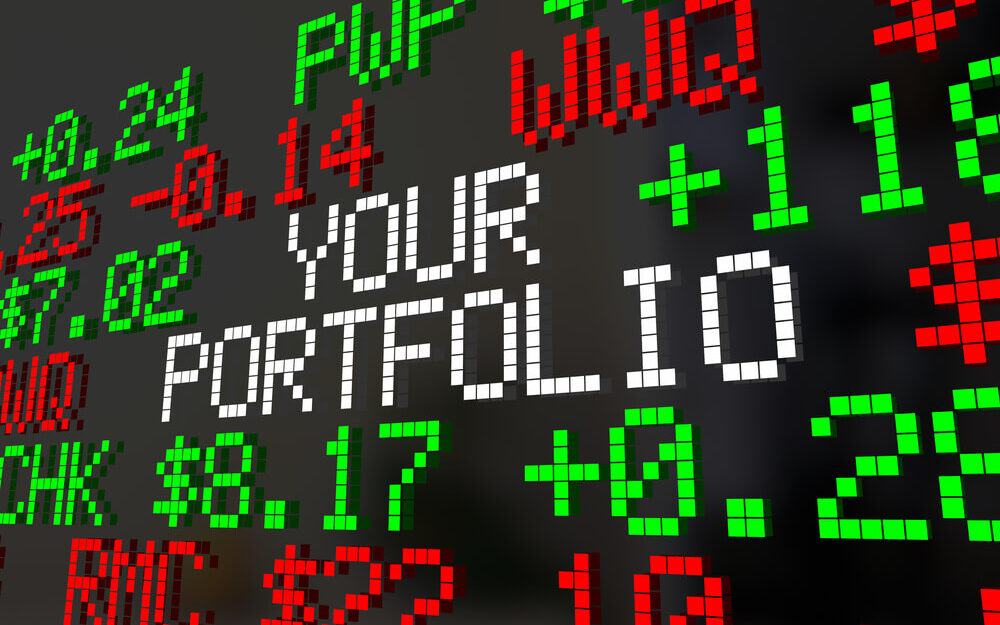We’re in the dog days of summer. There isn’t a lot happening on Wall Street. Yes, even the masters of the universe take a vacation now and then.
In weeks like these, it pays to take a step back and consider “big picture” ideas that will improve our financial future. This isn’t about crushing it on a single trade but rather about making each of our investment moves incrementally better.
At any rate, Brian Feroldi had a quote last week that caught my eye:
An investor who can watch their portfolio drop without reacting is destined to build incredible amounts of wealth
— Brian Feroldi (@BrianFeroldi) July 6, 2021
Now, there are lessons to be learned here and lessons not to be learned; buy and hold do’s and don’ts if you will.
We’ll start with the do’s.
Do: Create an Exit Strategy
When we invest, we should always start with a plan. When your trading rules are defined — and you’ve limited your potential losses — you can afford to be patient.
If you know going into the trade that you plan to cut your losses after, say, a 10% decline, you can give the position free rein. If it falls 8%, no worries. That’s within your defined tolerance, so there is no reason to “do” anything. You can give the position room to work itself out, knowing that any losses are capped. You have the luxury of being patient.
I chose 10% as an arbitrary number, so don’t get fixated on that exact amount. In Green Zone Fortunes, we tailor our stop losses to each position based on the stock’s volatility and recent price action.
The key is to establish your selling conditions before you commit to the trade. Unless those conditions are met, trust your plan and let it work.
As I mentioned last week, one of my good friends and mentors, the late Michael Robertson, had a great saying about overtrading:
A portfolio is like a bar of soap. The more you handle it, the smaller it gets.
And the biggest reason investors overtrade is because they don’t have a plan or a system in place.
Now for the don’t.
Don’t: Buy and Hold Everything
In most cases, it pays to be patient with your trades and give them time to work out. But this doesn’t mean you should buy and hold every position forever. Following your system means you are willing to exit when your conditions are met.
You never lose 100% on a stock trade in a day. It’s almost always death by a thousand cuts. You watch the stock slide lower each day, hoping and praying it recovers. If you have a plan and stick to it, you can save yourself that misery.
It pays to remember one thing: Not every investment is a winner.
Here’s a fun fact for you. Warren Buffett made 75% of his trading profits this year with just three stocks. The entire rest of his portfolio only accounted for 25%.
This is the Oracle of Omaha we’re talking about. He is one of the greatest — if not the greatest — investors of all time. And even in Buffett’s case, plenty of his portfolio positions have been duds.
The key is to run your system. If it’s a good system, your winners will outpace your losers over time. You just need to let the system work.
To safe profits,
Charles Sizemore
Editor, Green Zone Fortunes
Charles Sizemore is the editor of Green Zone Fortunes and specializes in income and retirement topics. Charles is a regular on The Bull & The Bear podcast. He is also a frequent guest on CNBC, Bloomberg and Fox Business.






